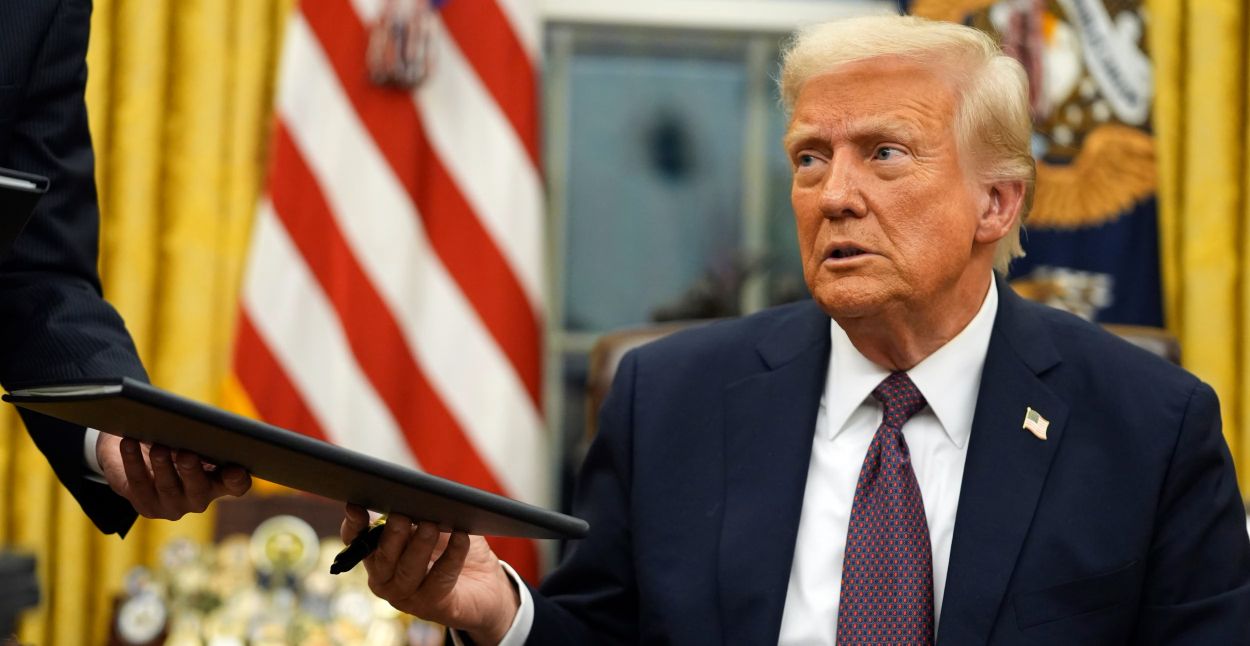On March 26, 2025, President Donald Trump announced that a 25% duty and new tariffs on all foreign-made cars, light trucks, and select auto parts would begin on April 2.
The tariffs cover imported vehicles and critical components like engines, transmissions, powertrain parts, and electrical systems. During his White House remarks, Trump hailed the executive order as “Liberation Day” for the U.S. auto industry. “This will spark growth like you’ve never seen,” he said, projecting the policy could generate up to $100 billion annually.
Financial markets responded quickly; U.S. automakers GM, Ford, Stellantis, and Tesla dropped in after-hours trading. Earlier, German automakers BMW, Porsche, Volkswagen, and Mercedes-Benz saw their stocks decline after Press Secretary Karoline Leavitt’s White House briefing.
Trump imposes 25% tariffs on foreign-made carshttps://t.co/ZuC3GeDcyC pic.twitter.com/qqOE4oE6sW
— The Washington Times (@WashTimes) March 27, 2025While aimed at foreign manufacturers, the tariffs could also hit domestic giants. The Big Three GM, Ford, and Stellantis—rely on parts and vehicles from Canada, Mexico, and China. This broader scope, confirmed by an official fact sheet, may increase production costs industry-wide.
Trump framed the tariffs as a counter to decades of unfair trade practices. “Other countries have ripped us off too long,” he said. “These tariffs are reciprocal and fair.” However, analysts predict a ripple effect. Research suggests that non-luxury imported cars could rise from $3,000 to $12,000.
President Trump’s new 25% tariff on foreign cars will affect Tesla too. Elon Musk confirmed the hit, but he’s never asked Trump for any favors. Instead, he’s doubling down on U.S. production with plans to double Tesla’s output in 2 years. pic.twitter.com/S0ysHtB7qz
— DogeDesigner (@cb_doge) March 27, 2025European automakers are strategizing. BMW may absorb short-term costs, while Porsche plans to pass them on to buyers. Dan Ives of Wedbush called the tariffs a “hurricane-like headwind” for the industry, estimating average car prices could climb $5,000 to $10,000. “This might be a negotiation tactic, but the uncertainty frustrates investors,” Ives noted.






